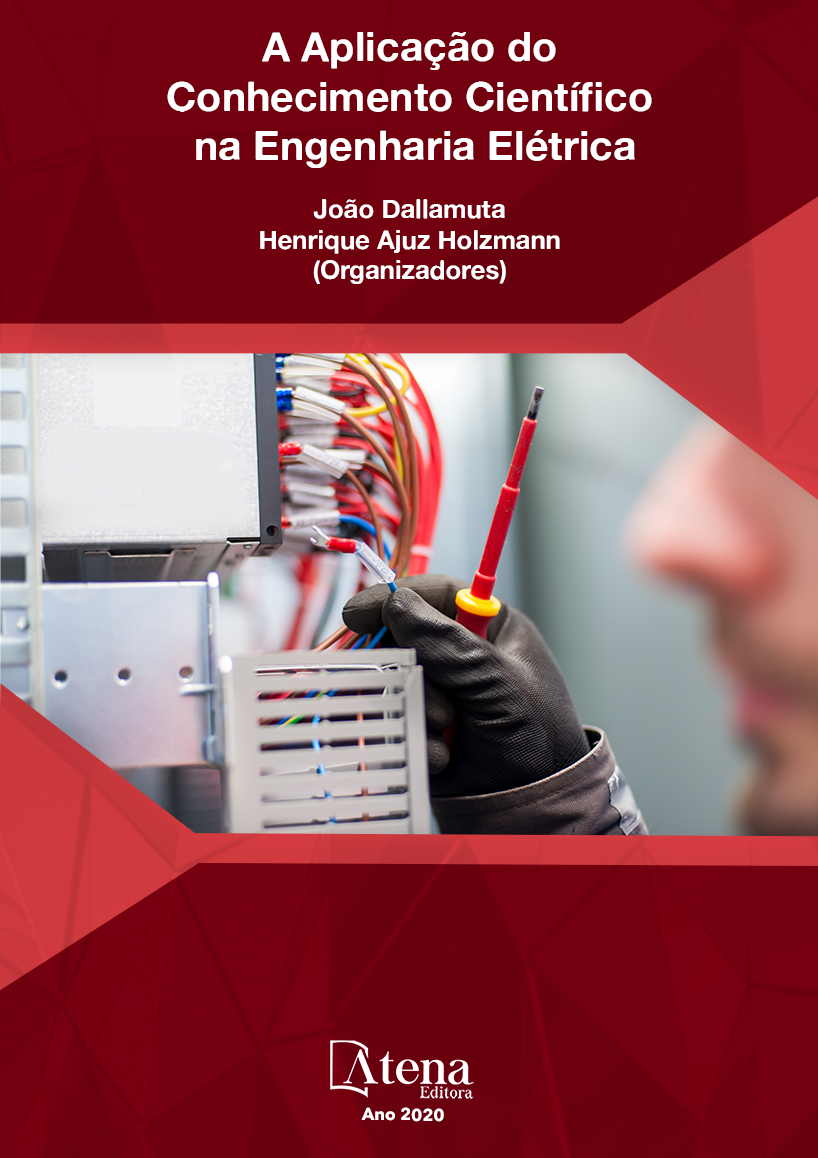
METODOLOGIA DE PROJETO DE CONVERSORES BOOST PARA APLICAÇÕES DE ALTA EFICIÊNCIA E ELEVADO GANHO DE TENSÃO
Este trabalho utiliza uma metodologia
de projeto que combina o uso de um conjunto
de componentes a busca da melhor solução
através da maior eficiência. Esta metodologia,
já consolidada, é aplicada através de um
algoritmo que faz a varredura de diferentes
pontos de operação do conversor. O método
avalia um conversor Boost de alta potência e alto
ganho que realiza a interface entre uma célula
combustível e um barramento CC. Em virtude
do alto ganho de tensão, este conversor é
incomum para esta aplicação, devido a limitação
do ganho estático causado pelas resistências
séries presentes nos componentes. Com isso,
técnicas para minimização das resistências
séries são expostas, buscando elevar o ganho
do conversor. Após obter os resultados, um
conversor Boost é projetado com mínimas
perdas e máxima eficiência, permitindo o uso
desta topologia em aplicações com alta potência
e alto ganho de tensão.
METODOLOGIA DE PROJETO DE CONVERSORES BOOST PARA APLICAÇÕES DE ALTA EFICIÊNCIA E ELEVADO GANHO DE TENSÃO
-
Palavras-chave: Conversor Boost, Célula combustível, Rendimento.
-
Keywords: Boost Converter, Fuel Cell, Efficiency.
-
Abstract:
This work uses a design
methodology that combines the use of a set of
components to find the best solution through the
highest efficiency. This methodology, already
consolidated, is applied through an algorithm that scans different operating points of
the converter. The method evaluates a high power, high gain Boost converter that
interfaces between a fuel cell and a DC bus. Due to the high voltage gain, this converter
is unusual for this application due to the limitation of the static gain caused by the
series resistances present in the components. Thus, techniques for minimizing series
resistances are exposed, seeking to increase the gain of the converter. After obtaining
the results, a Boost converter is designed with minimum losses and maximum efficiency,
allowing the use of this topology in high power and high voltage gain applications.
-
Número de páginas: 15
- Éder Bridi
- Edemar Oliveira Prado
- Pedro Cerutti Bolsi
- Hamiltom Confortin Sartori
- José Renes Pinheiro


